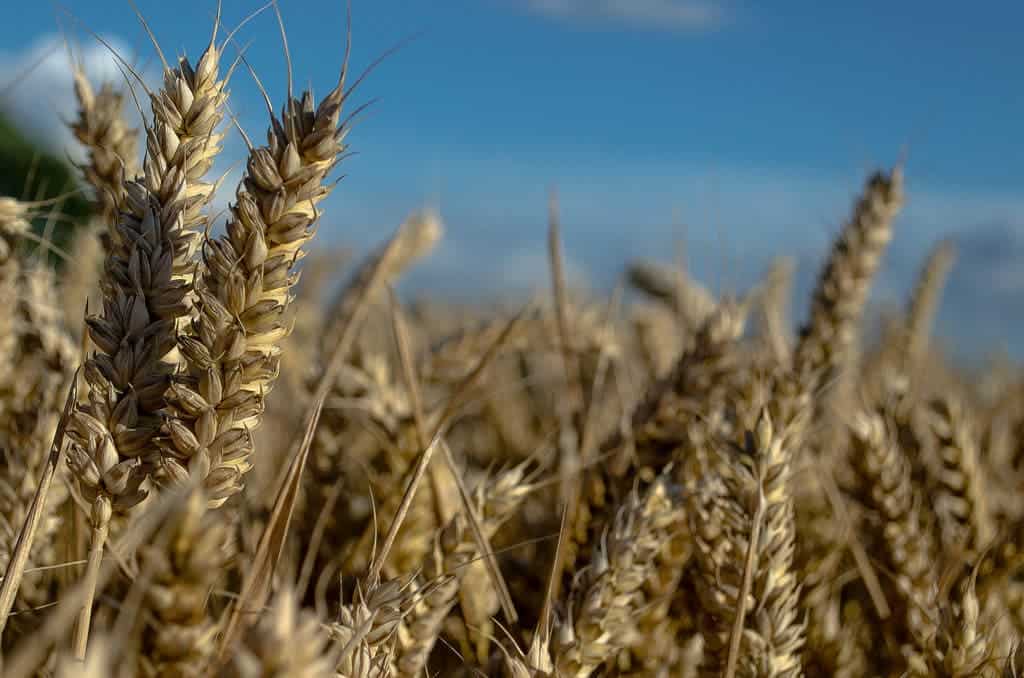Wheat has a genome five times longer than yours — and now, it’s been fully sequenced.

Staying true to their name, researchers at the International Wheat Genome Sequencing Consortium have published a paper containing the complete sequence of the wheat (genus Triticum) genome, a dataset that could help breed new crops.
Food-nome
Having access to the plant’s genome should help speed up the breeding of more resilient, disease-resistant, and higher-yield crops. Wheat is currently the most widely grown crop, providing more protein than meat in the human diet, and supplying roughly one-fifth of the total calories people consume. It’s also surprisingly complex from a genetic standpoint: its genome includes some 16 million base pairs, over five times larger than yours or mine.
Despite its genetic beefiness, wheat is quite vulnerable to floods, droughts, and several diseases (such as wheat rust) that can claim whole crops at a time. Luckily, now that we know the structure of its genome, we can modify it to add a whole lot of desirable characteristics — resilience to pests, higher yields, more nutritional value — into our crops.
Actually sequencing the genome, however, proved to be a significant challenge. Not only was it huge, it also included three sub-genomes — a large part of which included repetitive elements. This makes long stretches of the genome identical or very similar to each other, making it difficult to distinguish individual chains and re-constructing the overall genome.
The sequencing effort is detailed in two papers. The first, published by researchers from the. International Wheat Genome Sequencing Consortium, details the sequence of the plant’s 21 chromosomes. It also lists the location of 107,891 genes, more than 4 million molecular markers, as well as sequence elements between the genes that regulate their expression.
The second paper, led by a team at the John Innes Centre (JIC), aims to help breeders and researchers understand what trait each gene affects. This work is largely based on a technique known as ‘speed breeding’, previously developed at the JIC. Speed breeding involves the use of glasshouses to shorten the breedings cycles of plants. Combined with the wealth of genome information from the first paper, this helped the team significantly shorten the time required to test what each gene does.
“Genomic knowledge of other crops has driven progress in selecting and breeding important traits,” says Cristobal Uauy, Project Leader in crop genetics at the John Innes Centre says.
“Tackling the colossal wheat genome has been a Herculean challenge, but completing this work means we can identify genes controlling traits of interest more rapidly. This will facilitate and make more effective the breeding for traits like drought or disease resistance. Where previously we had a broad view and could spot areas of interest, we can now zoom into the detail on the map.”
Uauy cites past research estimating that the world will need 60% more wheat by 2050 to meet global demand. The research his team performed can be instrumental towards reaching that goal.
It’s not the first time researchers have fully decoded the genome of a cereal: just last year, an international research team published the full genome of barley.
The first paper, “Shifting the limits in wheat research and breeding using a fully annotated reference genome”, has been published in the journal Science.
The second paper “The transcriptional landscape of polyploid wheat” has been published in the journal Science.


